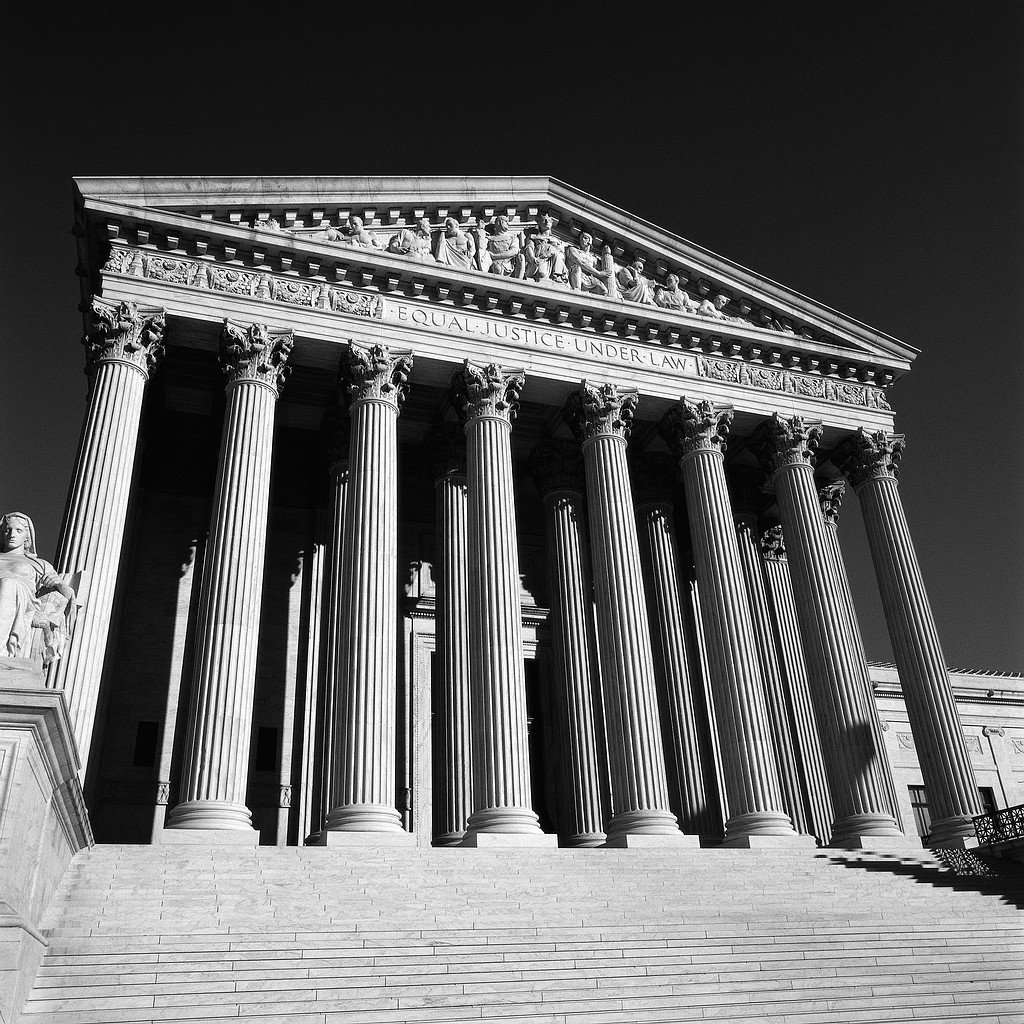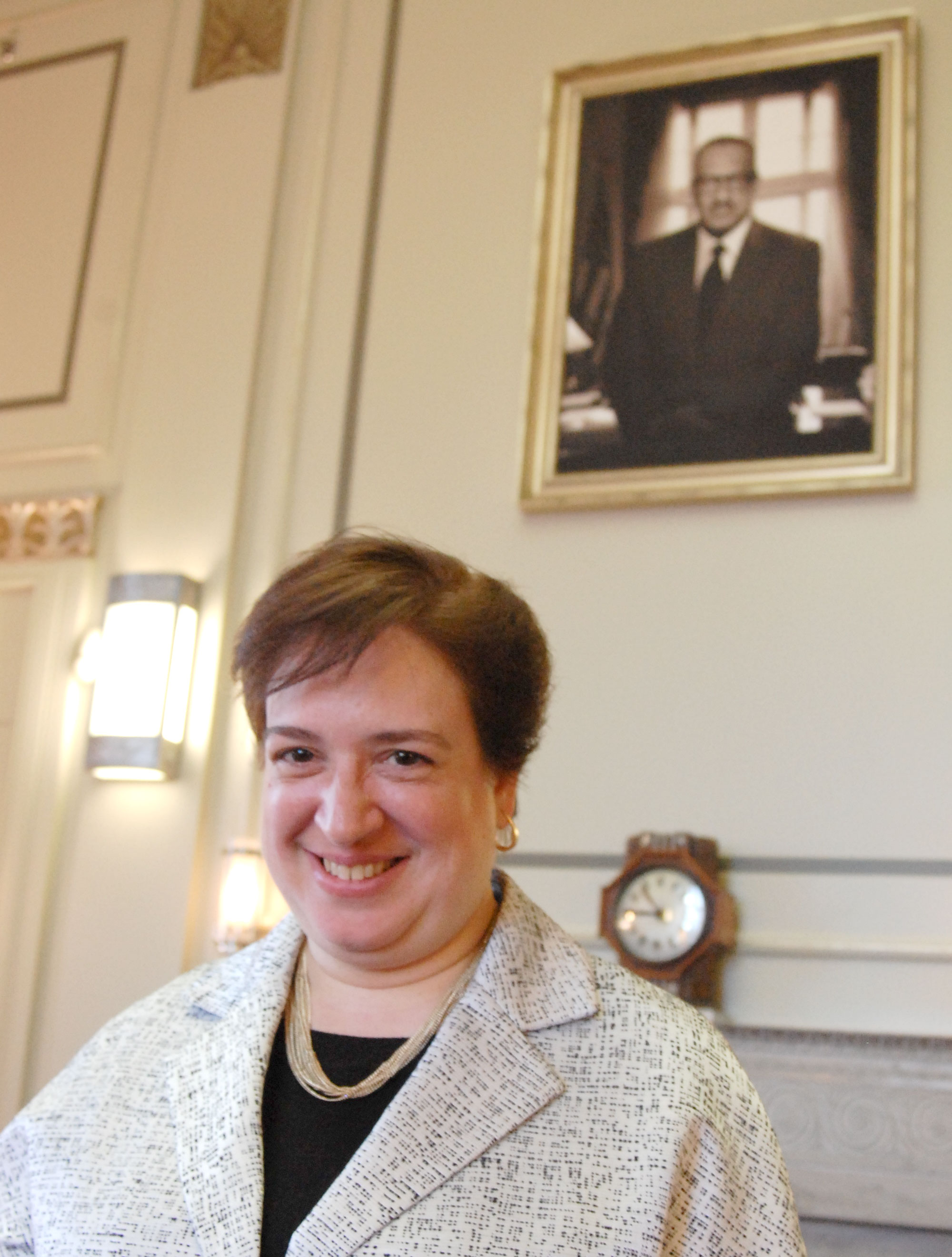
NEW YORK TIMES: President Obama will nominate Solicitor General Elena Kagan as the nation’s 112th justice, choosing his own chief advocate before the Supreme Court to join it in ruling on cases critical to his view of the country’s future, Democrats close to the White House said Sunday. After a monthlong search, Mr. Obama informed Ms. Kagan and his advisers on Sunday of his choice to succeed the retiring Justice John Paul Stevens. He plans to announce the nomination at 10 a.m. Monday in the East Room of the White House with Ms. Kagan by his side, said the Democrats, who insisted on anonymity to discuss the decision before it was formally made public. In settling on Ms. Kagan, the president chose a well-regarded 50-year-old lawyer who served as a staff member in all three branches of government and was the first woman to be dean of Harvard Law School. If confirmed, she would be the youngest member and the third woman on the current court, but the first justice in nearly four decades without any prior judicial experience. MORE
WALL STREET JOURNAL: When Elena Kagan was nominated to be President Obama’s solicitor general in January 2009, she filled out a  51-page questionnaire for the Senate Judiciary Committee that’s similar to the one she will complete as a nominee for the Supreme Court. It includes questions about her net worth, employment history, published writing and work as a lawyer. The questionnaire is reproduced below, or you can download a PDF version. Questions are represented in italics. MORE
51-page questionnaire for the Senate Judiciary Committee that’s similar to the one she will complete as a nominee for the Supreme Court. It includes questions about her net worth, employment history, published writing and work as a lawyer. The questionnaire is reproduced below, or you can download a PDF version. Questions are represented in italics. MORE
MAIN JUSTICE: You can learn a lot about a person from what they hang on their walls — which is why we’ve been asking Justice Department officials for a glimpse of their offices. See, department tradition dictates that the Attorney General, the Deputy Attorney General, the Associate Attorney General, the Solicitor General and assistant attorneys general bedeck their offices with portraits of AGs past. Typically, the department’s top three or four officials horde the most popular portraits, as is their prerogative, leaving lesser-known likenesses for their subordinates to pick through. (Call it portrait politics.) We’re honoring this tradition with a series of posts, and our first spotlight falls on Solicitor General Elena Kagan, who took us for spin around her office on Friday. Kagan, the Justice Department’s No. 4 official, broke with tradition. (We honor that, too.) By the time she received the list of portraits, Attorney General Eric Holder, Deputy Attorney General David Ogden and Associate Attorney General Thomas Perrelli had cut a considerable swath. (Holder, alone, has five portraits adorning his conference room and office.) “Slim pickings,” Kagan joked. So she framed the official photo of one of her mentors, the late Justice Thurgood Marshall, for whom Kagan clerked, and hung it high on the wall adjacent to her desk. Beyond the obvious historic dimension — the first woman SG paying homage to the first African-American SG — Kagan spoke of Marshall’s passion for the office. Though he came to the job reluctantly, leaving the bench of the U.S. Court of Appeals for the Second Circuit, Marshall described it as the best he ever had. It’s fitting, Kagan said, that his photo hangs in the office he most enjoyed. “I chose TM because he was the best lawyer of the 20th century — an absolutely sterling advocate who did more to advance justice in our country (prior to becoming a Justice!) than anyone else I can think of,” Kagan said in an e-mail, when we first inquired about her office art. “On top of all that, I worked for him, and he was a great boss and mentor. It will be wonderful to have him looking down at me as I try to do this job.” MORE
GLENN GREENWALD: I’ve laid out my case against Elena Kagan as thoroughly as I could, but with several anonymous (i.e., unreliable) reports percolating that she’s the likely choice and could be announced as early as Monday, it’s worthwhile to note several recent items from others pertaining to her selection…MORE
NEW YORK TIMES: While any plausible Democratic nominee would probably rule the same way Justice Stevens would have in many areas of law, including abortion rights and the new health care law, executive power may be an exception. Justice Stevens was a critical vote in a five-justice faction that rejected expansive assertions of executive authority by former President George W. Bush. If his successor is more sympathetic to the vantage point of the Obama White House, the balance could shift to a new bare majority that is far more willing to uphold broad presidential powers. To be sure, there is little evidence that any of those Mr. Obama is considering would favor a view of presidential authority as limitless as that claimed by some on Mr. Bush’s legal team, which sought to expand executive power systematically and sometimes argued that the president, as commander in chief, could bypass laws at his discretion. MORE
